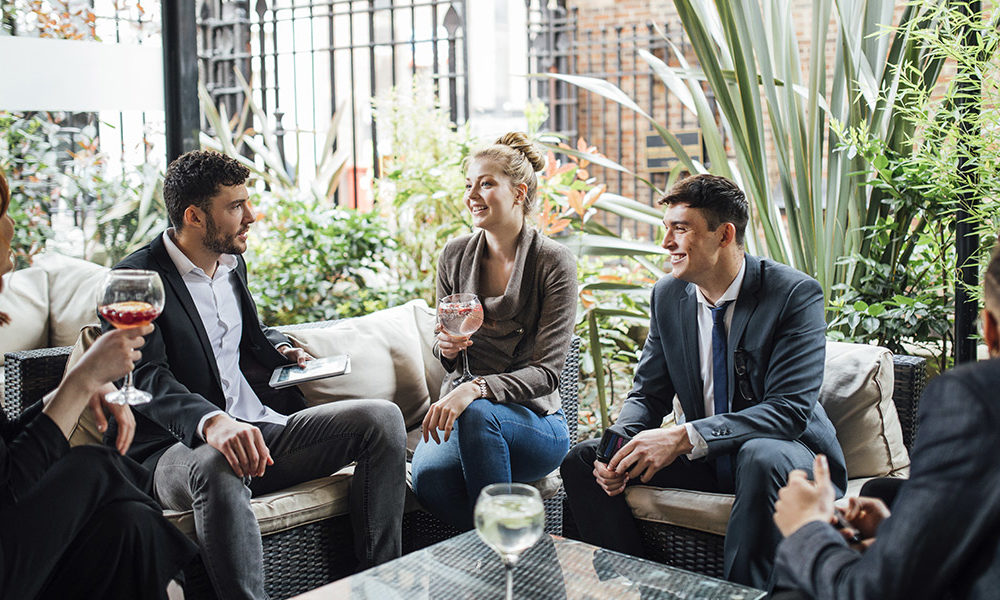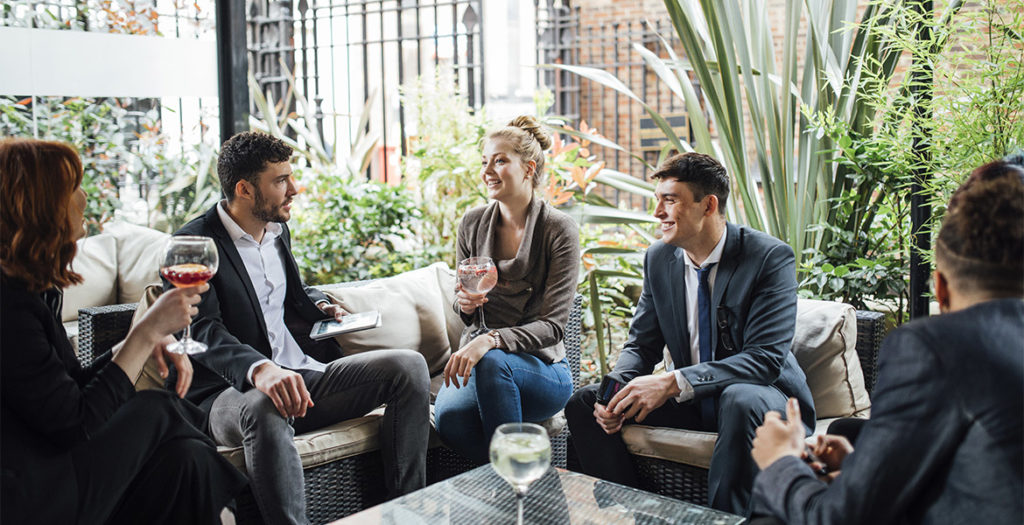Mental health is the orphan of urban planning. Plenty goes into ensuring that building regulations are adhered to, roads are maintained, etc. but very little thought is given to citizens’ mental health.
It’s sometimes seen as too complex to tackle, but often it’s stigma that stands in the way. However, with so many urban dwellers suffering from mild to severe mental illnesses, it cannot be ignored.
So, how to ensure a thriving, sustainable city by helping the people who live there to be happy and healthy? Mixed-use developments address many of these issues, with research pointing to four factors:
- Green spaces
- Regular activity
- Social connectedness
- Safety and security
Green spaces
Areas of natural beauty are therapeutic. Even in cities, greenery and water are associated with improved mental health. A mixed-use precinct, such as the Amdec Group’s Melrose Arch, is designed to include greenery, water features and pause areas. A lunch break in the park, an early-morning run or just walking around the block after work… it stimulates the senses – we see, hear and smell things. Being outside transports us out of our daily routines, and spending time among elements of nature even goes as far as satisfying a basic biological need to connect with other species.
Regular activity
Exercise is often the best anti-depressant, thanks to the feel-good endorphins it releases into the blood. A key consideration in the design of a mixed-use development, is walkability. It encourages a less sedentary lifestyle because it’s easy to get light exercise on a regular basis – not enough to build a six-pack, but plenty to keep the blood flowing!
An apartment at One on Whiteley at Melrose Arch, for example, would mean being able to walk almost everywhere – there are offices in the broader precinct, plus many retail and dining options. So, it removes the need to sit in traffic, or drive to a shop or restaurant. It improves state of mind by reducing the frustration and stress of time on the road, and lightens the financial load as fuel and maintenance costs come down.
Social connectedness
We’re often too busy to reach out to one another. So, if our physical surroundings create an environment where we are more connected socially, everyone benefits. Here too, a mixed-use precinct provides. Its focus on civic spaces makes it feel like a neighbourhood where people bump into each other, and friendships and connections form organically.
Safety and security
Of course, no matter how carefully we plan our cities or precincts, the basic needs of safety and security have to be met first. That’s why these are top of the priority list for operations teams at places like Melrose Arch. With everything from CCTV cameras to foot patrols, the minds of everyone who spends time here can be at peace, knowing everything possible is being done to ensure their comfort and safety.


